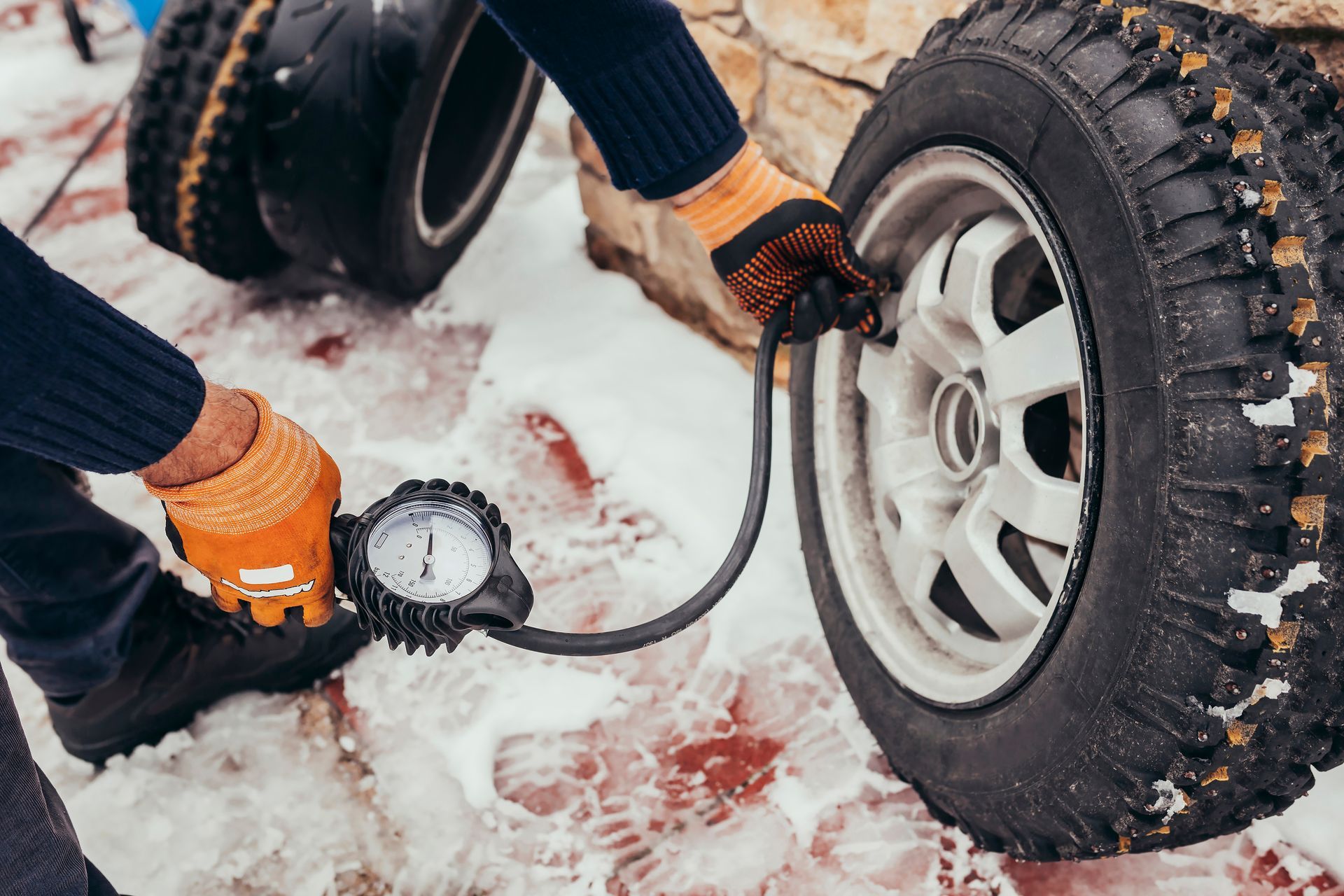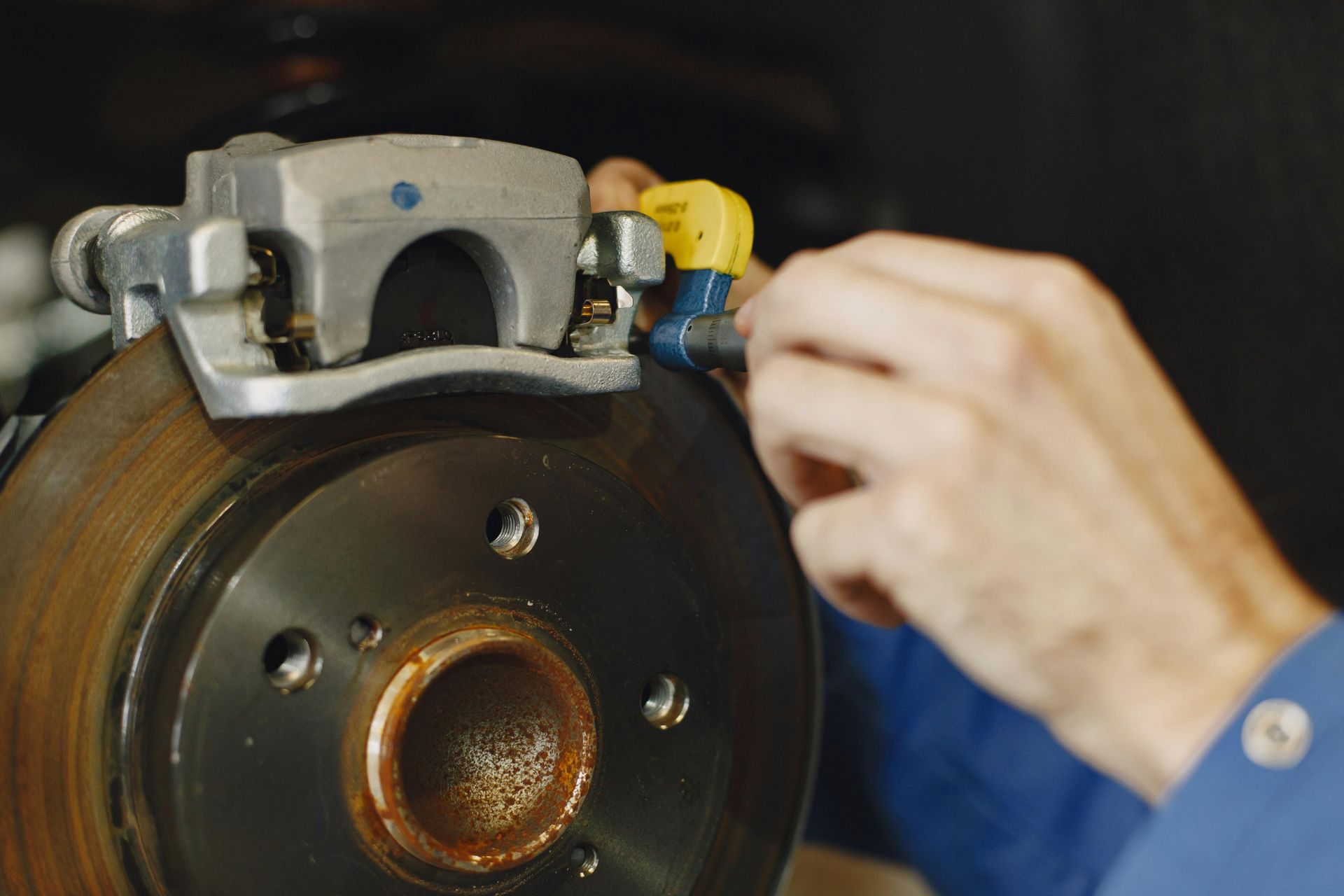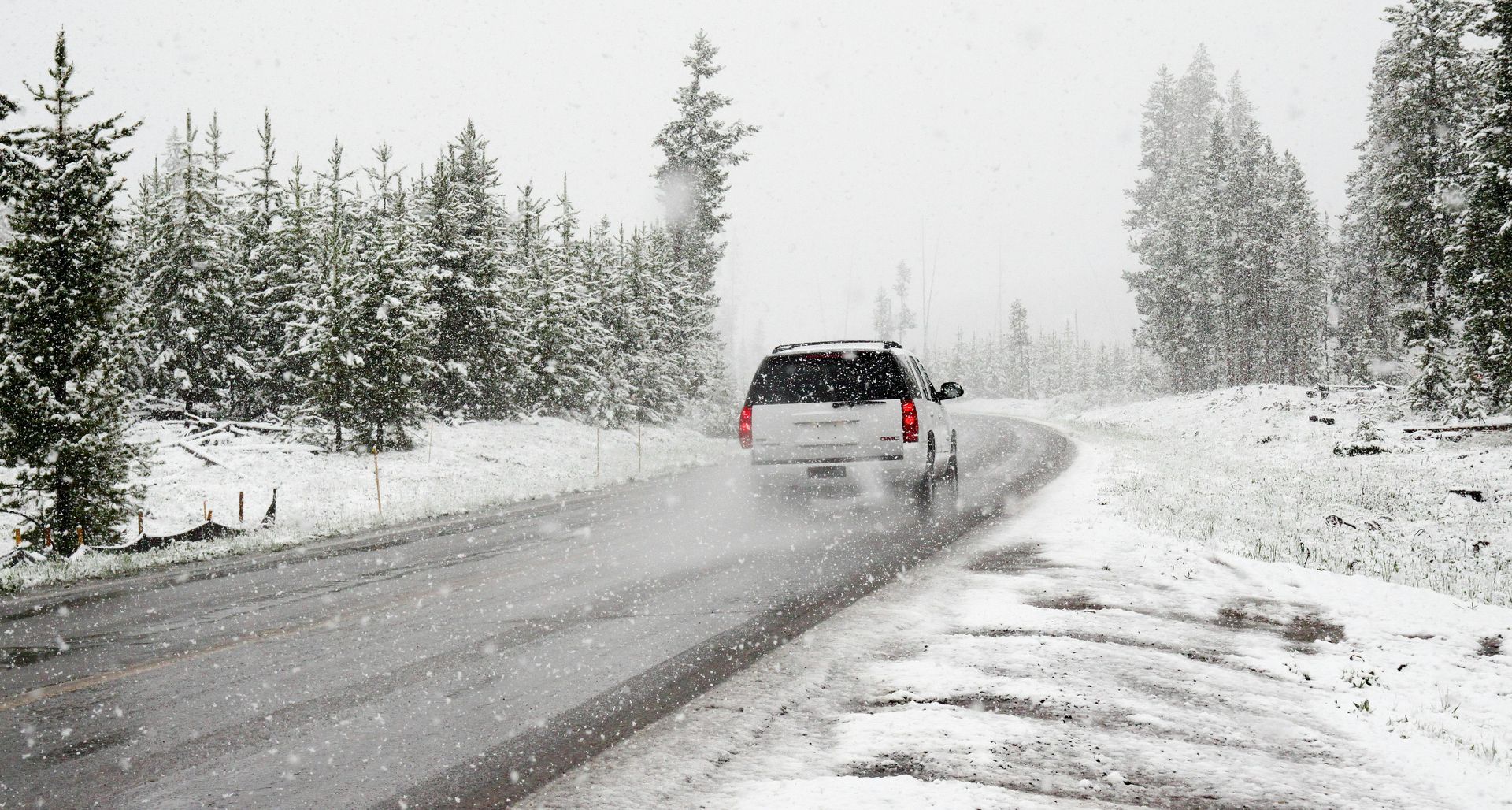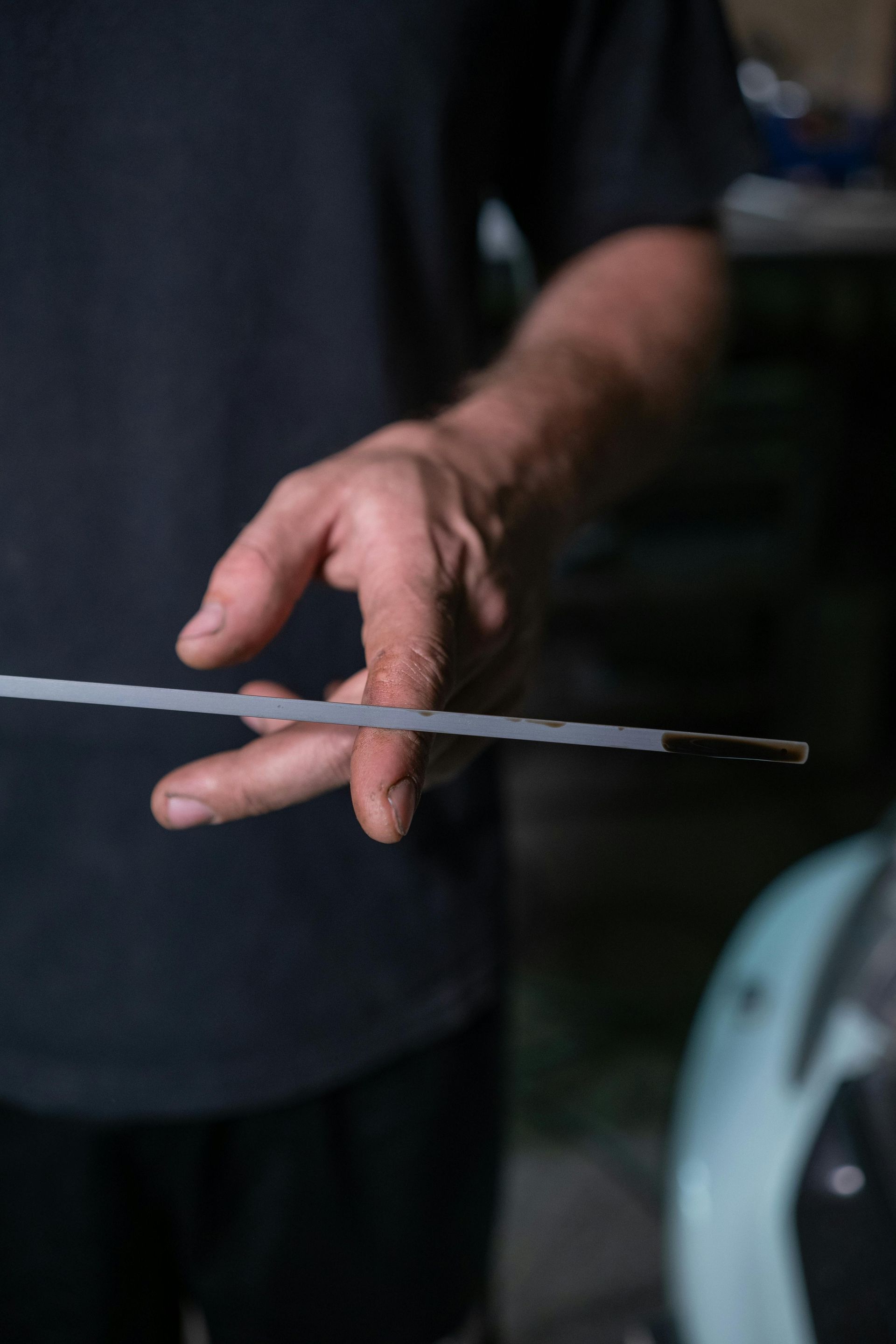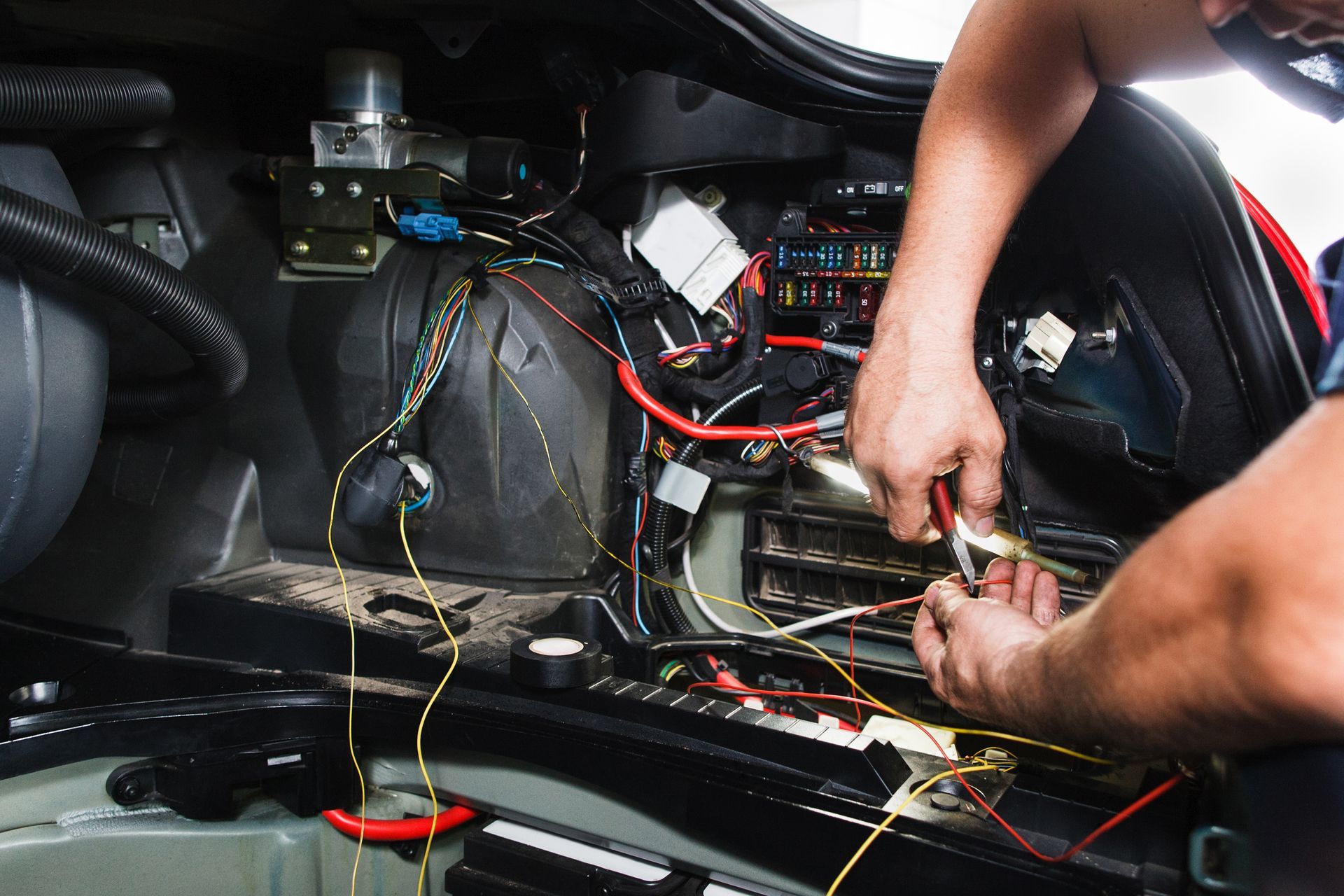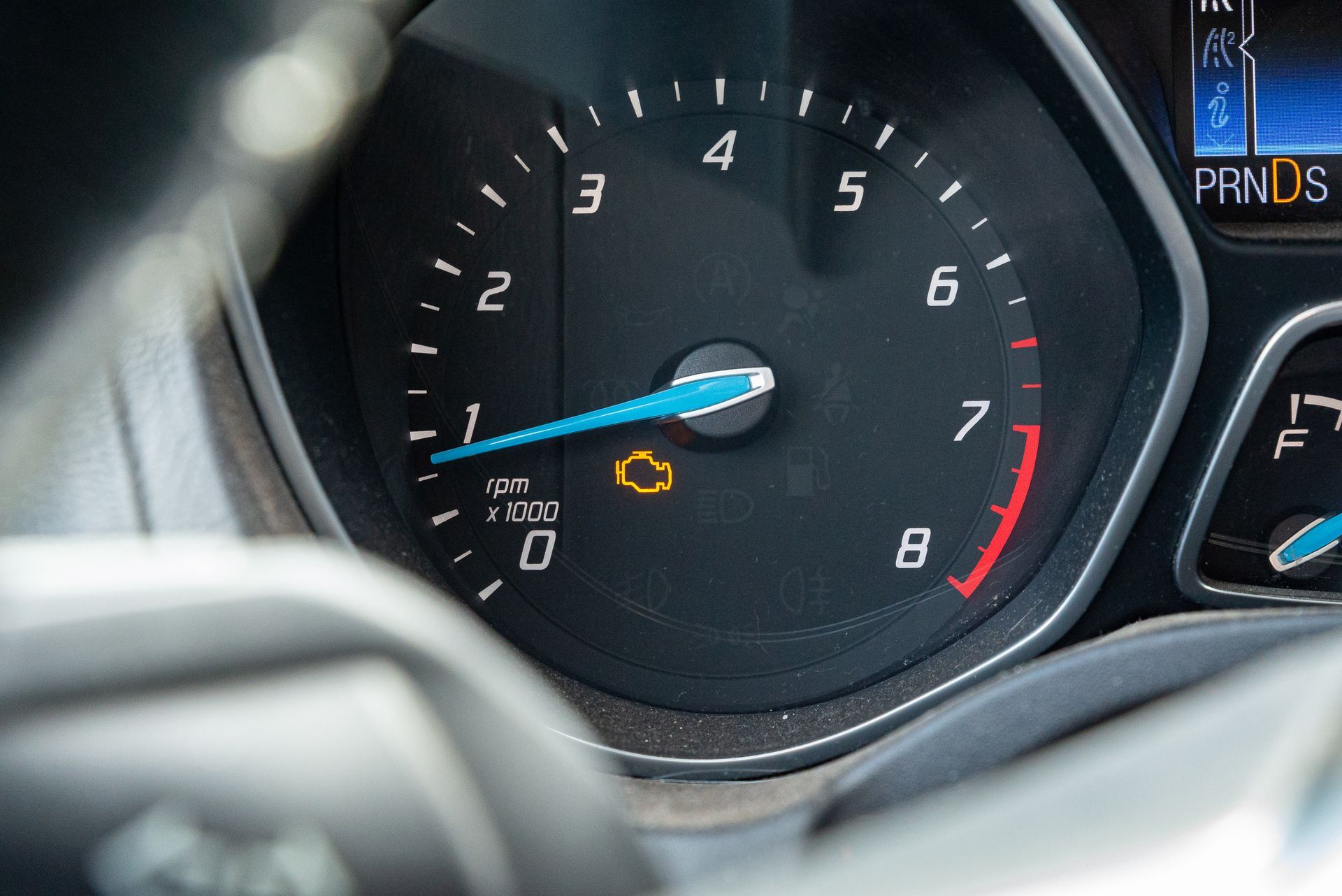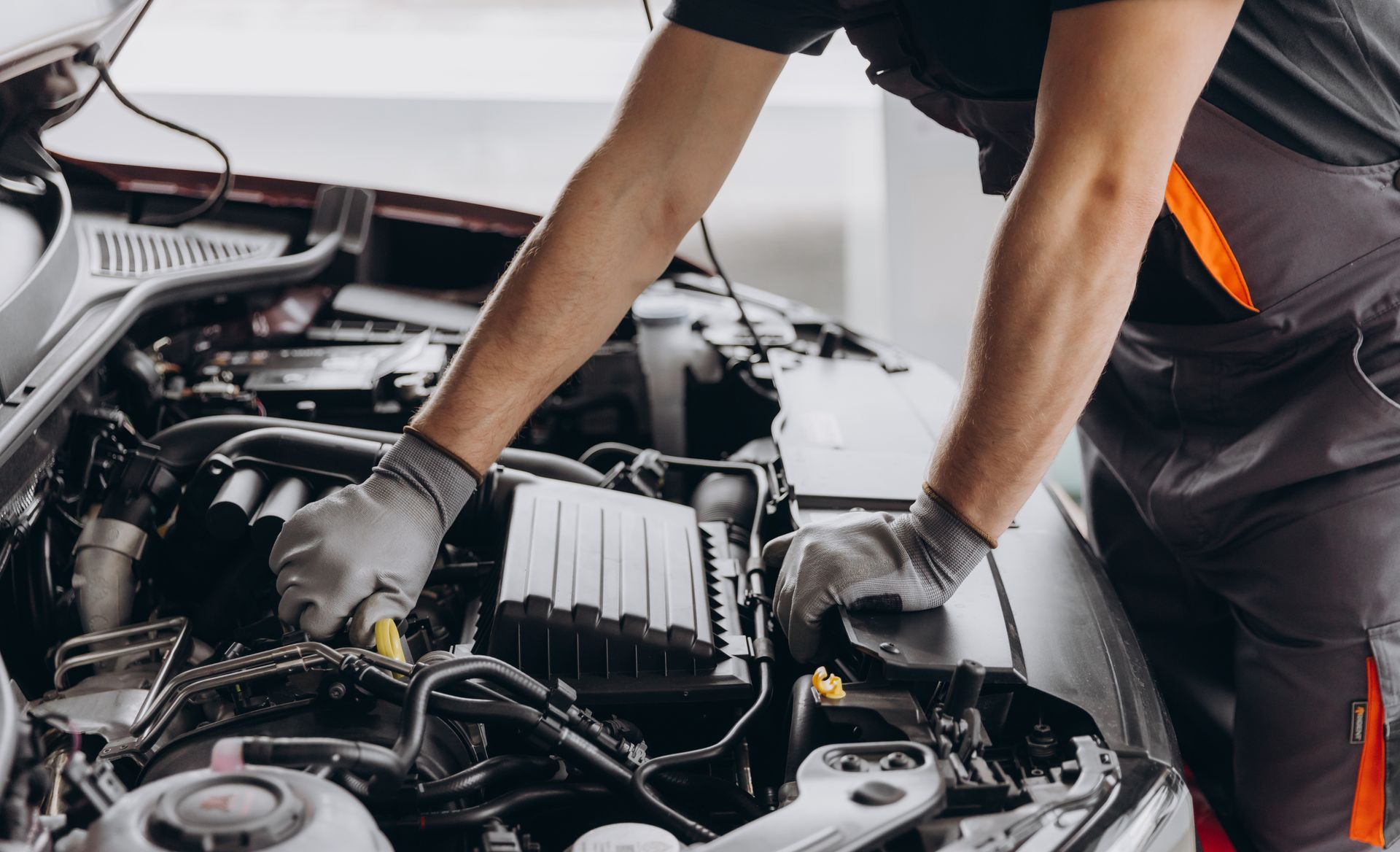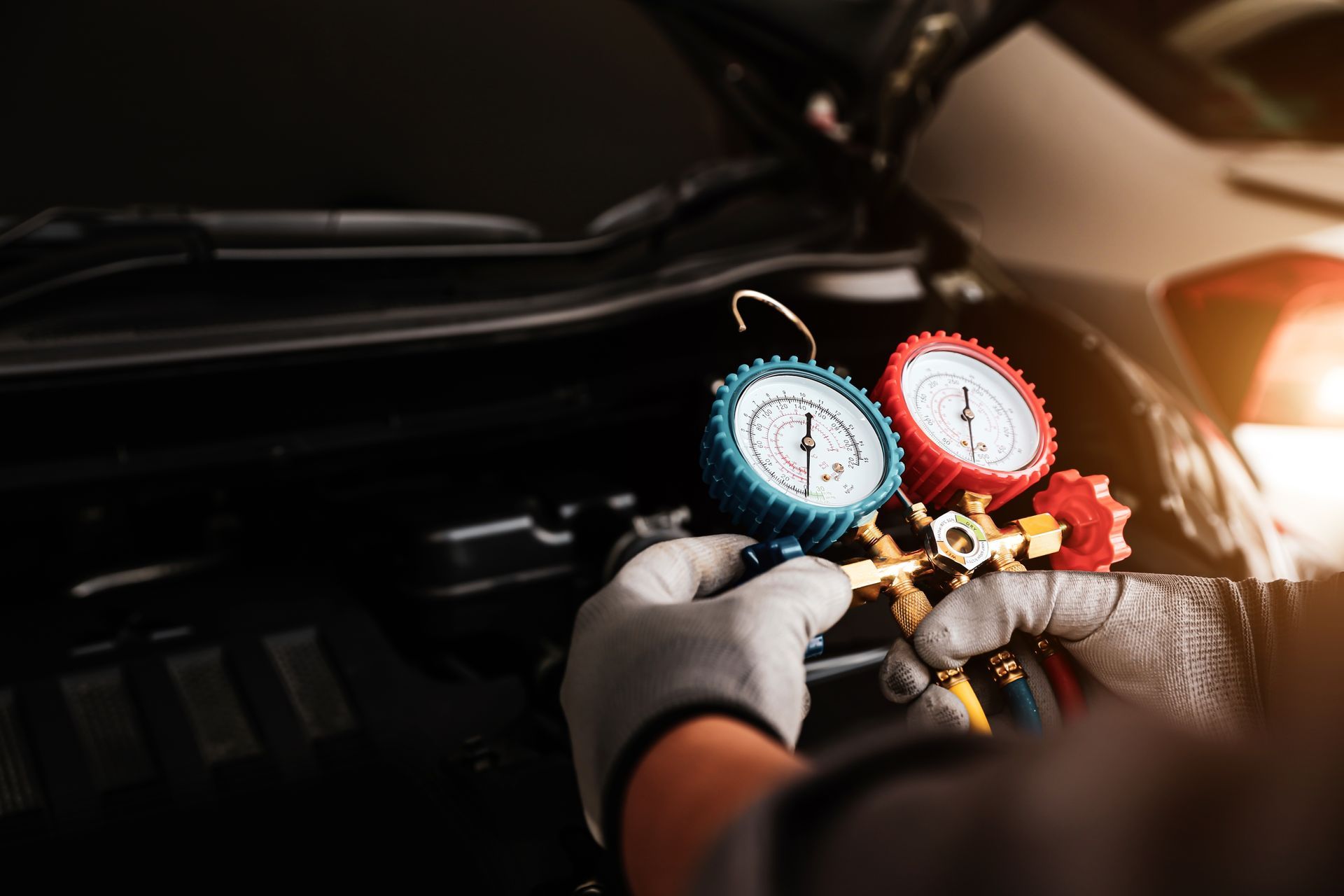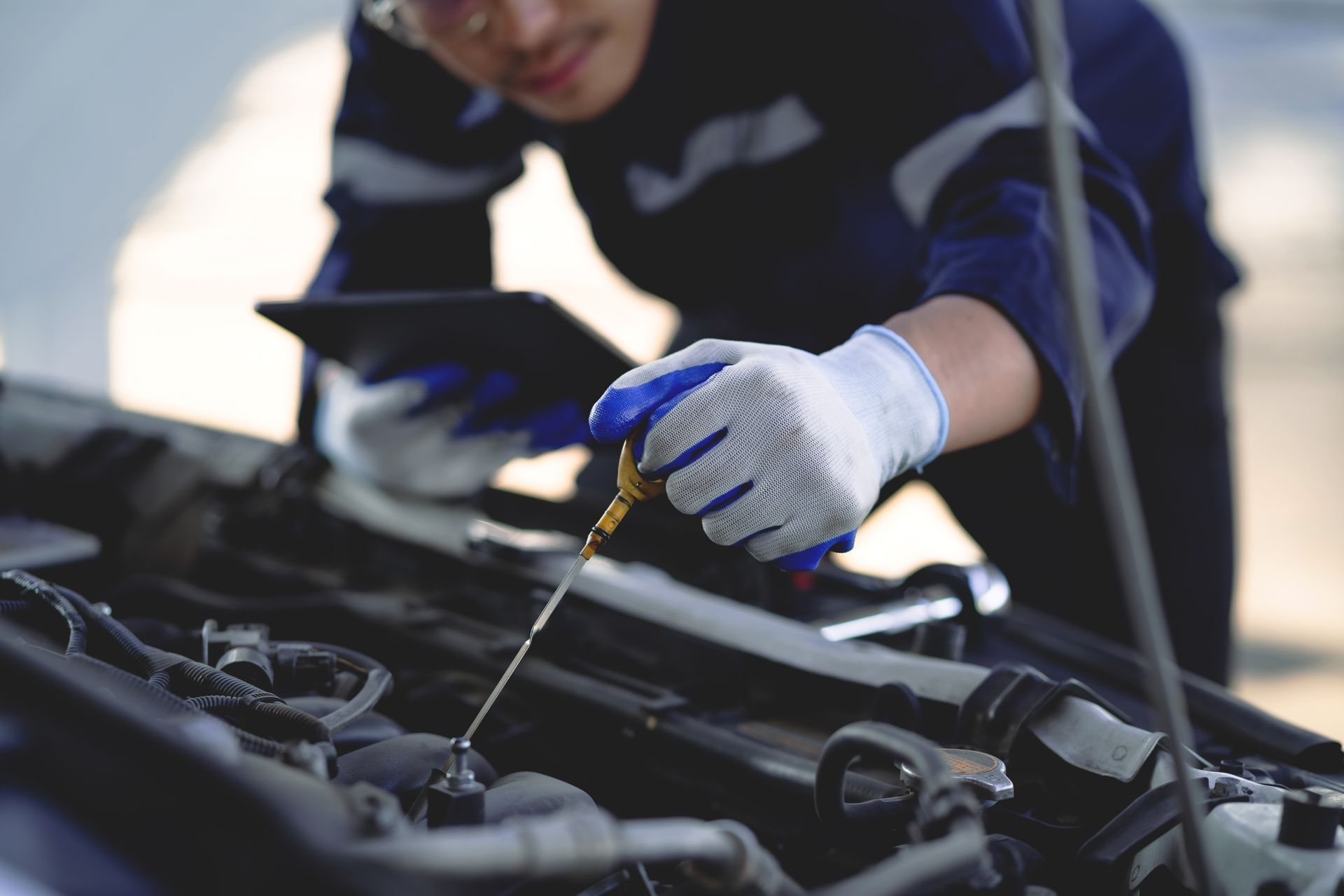November 27, 2025
Seasonal maintenance is one of the most important parts of keeping your vehicle safe and dependable throughout the year. At Avid Auto Care we work with Cincinnati drivers every season, and we see firsthand how our weather patterns affect vehicles. Cincinnati experiences cold winters, warm summers, heavy rain, sudden temperature changes, and daily driving conditions that can wear out key systems faster than many people expect. When you stay ahead of seasonal maintenance you reduce the chances of breakdowns, avoid costly repairs, and make sure your vehicle handles every condition our city brings. Cincinnati drivers deal with everything from icy mornings in January to humid summer afternoons. Traffic on I 75, I 71, and I 275 creates stop and go patterns that strain engines, brakes, and cooling systems. Local neighborhoods with hills, older roads, and changing pavement conditions add another layer of stress. Seasonal maintenance prepares your vehicle for these challenges. In this article we share the most important maintenance steps for each season and explain why staying proactive keeps your vehicle running smoothly all year long. Why seasonal maintenance matters for Cincinnati vehicles Seasonal changes affect your vehicle more than you may realize. Temperature shifts cause fluids to thicken or thin. Hot and cold weather affects battery strength, tire pressure, engine performance, and brake reliability. Rain and moisture can affect visibility and corrosion. By keeping up with maintenance at the start of each season you give your vehicle exactly what it needs to handle Cincinnati’s climate. When you bring your vehicle to us for seasonal checks we look at all major systems. We inspect your fluids, brakes, tires, battery, filters, hoses, belts, and suspension. We also look for early signs of wear that could turn into bigger problems when the weather changes. Staying ahead of these issues helps you avoid bigger repairs and keeps your vehicle safe for everyday driving. Winter maintenance tips for Cincinnati drivers Cincinnati winters can be cold, icy, and unpredictable. Cold temperatures create challenges for batteries, fluids, tires, and engine performance. Preparing your vehicle before winter arrives reduces the chance of a breakdown on a freezing morning. Check your battery. Cold weather reduces battery power. If your battery is older or already weak it may struggle to start your car in winter. We can test your battery and charging system to make sure everything is healthy. Inspect your tires. Proper tire tread and pressure are essential for traction on icy or snowy roads. Tire pressure drops in cold weather which affects handling and safety. We can check your tires, measure tread depth, and recommend replacements if needed. Check your coolant and antifreeze. Your cooling system needs the right mixture of coolant to prevent freezing and overheating. We make sure your coolant levels and mixture are correct for winter conditions. Inspect your brakes. Wet and icy Cincinnati roads require quick and reliable braking. If your brakes make noise, pulsate, or feel weak, winter is not the time to ignore it. A brake inspection helps ensure your stopping power is ready for cold weather. Replace worn wiper blades. Snow and ice reduce visibility. Fresh wiper blades make a big difference when driving in winter weather. We also check your wiper fluid and top it off with a winter friendly formula. Check your heater and defroster. Your HVAC system keeps your cabin warm and ensures your windows stay clear. If your heater or defroster seems weak, we can diagnose the issue before winter hits. By taking care of these items ahead of time you protect your vehicle during the harshest part of the year. Cincinnati winters can arrive quickly, so seasonal maintenance is a smart move for both safety and reliability. Spring maintenance tips for Cincinnati drivers Spring brings warmer weather, rain, potholes, and longer drives. Cincinnati’s freeze and thaw cycle often leaves behind rough road conditions that impact your suspension and alignment. Spring is a perfect time to reset your vehicle after winter. Check your suspension and alignment. Winter potholes can knock your alignment out of place or damage suspension parts. If your vehicle pulls to one side or if you feel vibration while driving we can perform an inspection and alignment check. Inspect your tires. Spring rains increase the risk of hydroplaning. Good tread depth is important for traction on wet roads. We check your tires for wear, rotate them if needed, and recommend replacements when tread is low. Replace your air filter or cabin filter. After months of winter dust, salt, and debris your filters may be clogged. Replacing them improves engine performance and keeps your cabin air clean. Check your fluid levels. Spring is a good time to check engine oil, brake fluid, coolant, transmission fluid, and power steering fluid. We make sure each fluid is at the correct level and free of contamination. Inspect your brakes again. Winter moisture, salt, and temperature changes can affect brake pads and rotors. If you hear noises or feel vibration, spring maintenance is a good time for a brake evaluation. Spring driving in Cincinnati often means more miles, more rain, and more time on the road. Taking care of these items helps make sure your vehicle performs at its best. Summer maintenance tips for Cincinnati drivers Cincinnati summers can get hot and humid. High temperatures place heavy stress on your cooling system, air conditioning, and tires. Summer road trips also add more miles and longer drives which increase wear. Check your cooling system. Your radiator, hoses, thermostat, and water pump all play a role in keeping your engine cool. If your vehicle runs hot or if you see coolant leaks you should bring it in right away. We can inspect the full cooling system and make sure it is ready for summer temperatures. Recharge or service your AC system. A working air conditioning system is important for comfort and safety in the heat. If your AC is blowing warm air or feels weak we can diagnose the issue and recharge the system if needed. Inspect your belts and hoses. Heat causes rubber components to dry out or crack. We check all belts and hoses for wear so they do not fail unexpectedly during hot weather. Check your tires again. Heat causes air pressure to rise which affects handling and safety. Underinflated or worn tires are more likely to fail on hot pavement. We adjust your tire pressure and make sure your tread is still in good condition. Monitor your oil condition. Engines run hotter in the summer which breaks down oil faster. Staying consistent with oil changes in hot weather helps maintain performance and protects your engine. Driving in Cincinnati during summer brings more congestion, more road construction, and more travel. These conditions create ideal times for seasonal maintenance. Fall maintenance tips for Cincinnati drivers Fall is a transition season that prepares your vehicle for winter. It is one of the most important times to schedule maintenance because it allows us to catch potential problems before cold weather arrives. Inspect your battery again. Batteries lose strength every year. If your battery is older or has shown signs of weakness fall is the best time to replace it so you do not get stranded when temperatures drop. Check your heating system. Your heater and defroster need to work well during fall and winter. If you notice weak air flow or slow warming we can diagnose the cause. Inspect your brakes. Fall is a great time for a thorough brake check, especially before icy or wet winter roads arrive. If your brakes have worn down over the summer we can address it early. Check your tires for winter readiness. If your tires are worn, fall is the ideal time to replace them before winter starts. We make sure your tires have enough tread for safe winter driving. Replace worn wiper blades. Fall leaves, rain, and early frost can affect visibility. Fresh wipers help you stay safe during changing weather. Check all fluids and filters. Clean filters and full fluids help your vehicle handle cold weather more effectively. We top off fluid levels and make sure everything is ready for winter. Fall maintenance creates a smooth transition into the harshest driving season of the year. When your vehicle is prepared you reduce winter breakdowns and keep your vehicle running safely. Why Cincinnati drivers should not skip seasonal maintenance Seasonal maintenance is one of the best ways to protect your vehicle from unnecessary wear. Cincinnati road conditions, weather patterns, and traffic flows create challenges that change throughout the year. When you skip seasonal checks small issues can turn into major repairs. By staying consistent you reduce stress on your engine, brakes, tires, and cooling system. At Avid Auto Care we help Cincinnati drivers stay on the road safely by performing complete seasonal inspections and maintenance. We explain what your vehicle needs, what can wait, and what is most important for the season ahead. Our goal is to make sure you feel confident every time you drive. Prepare your vehicle for every Cincinnati season with Avid Auto Care Seasonal maintenance keeps your vehicle reliable no matter what Cincinnati weather brings. Whether you are starting winter, heading into summer, or preparing for rain filled spring and fall conditions, our team is here to help you stay ahead of problems.
